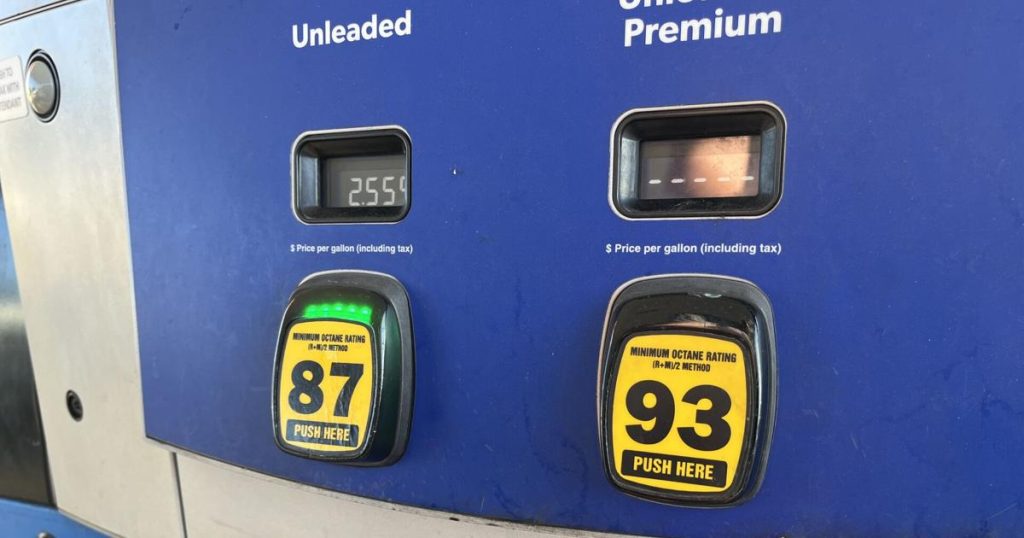(The Center Square) – Residents of North Carolina on average are paying a nickel more for gas on average on Thursday than Dec. 31.
The average price from Murphy to Manteo for a gallon of unleaded regular is $2.91, up from $2.86 at the turn of the calendar year. It is down from $2.96 a month ago, and $3.33 a year ago.
The national average is $3.16, a difference of a quarter from the state that by pattern is normal.
Per Environmental Protection Agency rules in place from June 1 to Sept. 15, the summer blend fuel with less volatility is required to be sold. Price impact is generally considered 10 to 15 cents higher per gallon.
Diesel costs are $3.56 for a gallon in North Carolina and $3.74 for the nation. That’s about the same ($3.55) as a month ago in the state and up 4 cents in the nation. A year ago, the averages were $3.79 in the state and $3.83 nationally.
Combustion engine consumers make up more than 8 million of the vehicle registrations in the nation’s ninth largest state.
North Carolina’s electric vehicle charging rate average, according to AAA, is 33.6 cents per kilowatt-hour. The national average is 36.7 cents per kwh. More than 100,000 zero emission vehicles are registered in the state. At the start of the calendar year, the state norm was 33.5 cents per kwh and the national was 34.7 cents per kwh.
Twelve states have lower average prices for a gallon of unleaded; 15 are lower for diesel; and eight are lower in electric.
Among 14 major metro areas, the least expensive average for unleaded gas is in Hickory-Lenoir-Morganton at $2.82. Most expensive are the areas of Charlotte-Gastonia-Rock Hill and Durham-Chapel Hill metro area (each $2.96).
Diesel is the most consumer-friendly ($3.44) in Hickory-Lenoir-Morganton.
North Carolina’s 40.3 cents per gallon tax rate for 2025 is topped by California (59.6), Pennsylvania (57.6), Washington (49.4), Illinois (47), Maryland (46.1), and New Jersey (44.9).
The motor fuel excise tax rate in the state is the amount for the preceding calendar year (40.4), multiplied by a percentage. The percentage is plus or minus the sum of the annual percentage change in state population for the applicable calendar year, multiplied by 75% and the annual energy index percentage change in the Consumer Price Index for All Urban Consumers, multiplied by 25%, the state Department of Transportation explains on its website.
Motor fuel taxes in the state go to the Department of Transportation’s highway and multi-modal projects, adding up to just more than half of the state transportation resources. Specifically, the revenues go into the Highway Fund and the Highway Trust Fund.


